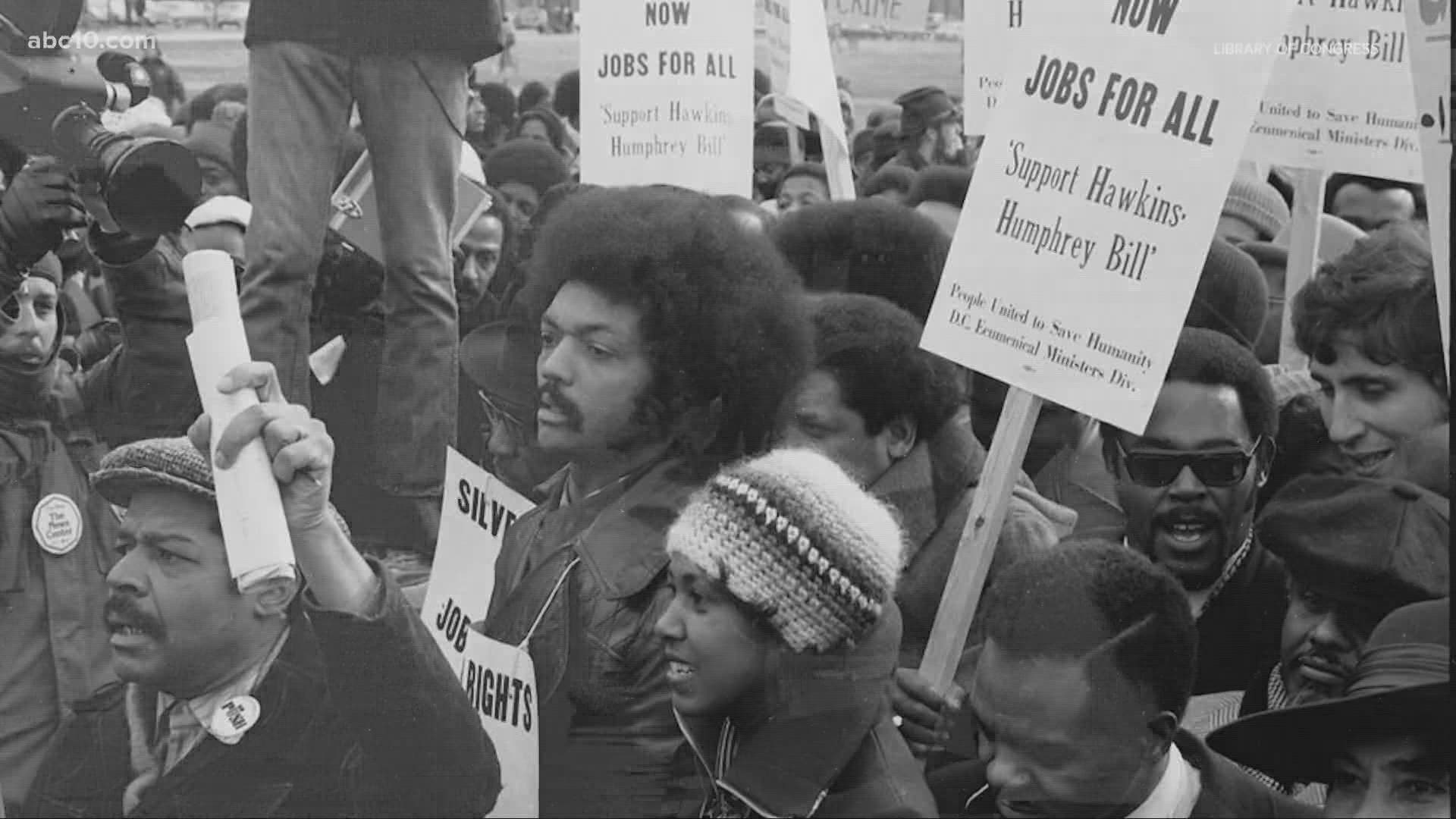SACRAMENTO, Calif. — Newspapers are vanishing in the United States, according to a 2020 report by the University of North Carolina at Chapel Hill. It shows the U.S. has lost about 1,800 newspapers since 2004, including more than 60 dailies and 1,700 weeklies.
Based on the same research, California lost the most dailies out of any state. The newspaper industry has been in a steady decline over the years due to a loss in readership and ad revenue. The COVID-19 pandemic also made matters worse. There are hundreds, if not thousands, of communities at risk of becoming isolated news deserts--communities without local newspapers.
As of June 2021, Sacramento County has 12 circulating newspapers, including dailies and weeklies. Out of those, only one paper is Black-owned and operated-- the Sacramento Observer.
On Thanksgiving Day, Nov. 22, 1962, the Sacramento Observer published its first edition with only four pages. Entrepreneurs Dr. William H. Lee, Geno Gladden, and John W. Cole founded the weekly newspaper to serve Black people and their communities.
WATCH MORE: Sacramento Observer History -- 45th Anniversary
Before the Sacramento Observer, there was a newspaper called the Sacramento Outlook. It was mostly a church based publication that only periodically covered the African-American community.
"There was still a need for our stories to be told," said Larry Lee, president and publisher of The Sacramento Observer. "Very often, the Black community, at that time, was not in any of the newspapers."
By 1965, Dr. Lee and his wife, Kathryn C. Lee, were sole owners of the paper. The Sacramento Observer turned into a booming family-run business. Larry Lee stepped in to serve as the president of the paper after his father, Dr. Lee, passed away at the age of 82 in 2019.
"It was a real challenge," said Lee. "The paper didn't really make much money. My dad, who was a real estate agent at the time, was able to financially keep the paper alive. My mom, who had been doing other jobs, decided to come into the family business. The family started to take on the responsibility and the leadership of the newspaper, and it became a labor of love for them."
Since its inception, the Sacramento Observer has been a trusted source, covering news, politics, sports, entertainment and community affairs from a Black perspective. The paper is still standing strong despite many challenges over the years, including racism, the digital age and the COVID-19 pandemic.
"My dad and my mom worked really hard at trying to keep the paper alive," said Lee.
"This world, this environment, does not value Black people the way that we should be. That's always going to be something that is a challenge for us. The last couple of years have been extremely challenging as we've been in a pandemic. Media, in general, is constantly evolving. If you can't evolve with it, you are going to be left behind."
Over the years, the Sacramento Observer has undergone significant changes to thrive in the 21st century. In 2000, Lee and The OBSERVER Media Group launched SacObserver.com, the paper's official website and the text alert service Mobile News 2 U.
In 2021, the print edition got a new look that included full color.
"Each day, we really tell stories that help illuminate and amplify the beauty of our community," said Lee. "During the past year, we launched and rebuilt our website, which took a major investment... Subscriptions are up and distribution is increasing and is in demand."
The Sacramento Observer has earned more than 700 awards for journalism, excellence and community service. Additionally, the paper has been named the nation's best Black newspaper six times. It continues to evolve by launching new podcasts series, videos and online newsletters.
Watch More on Race & Culture: How Black people used the Green Book to travel safely through Jim Crow America


